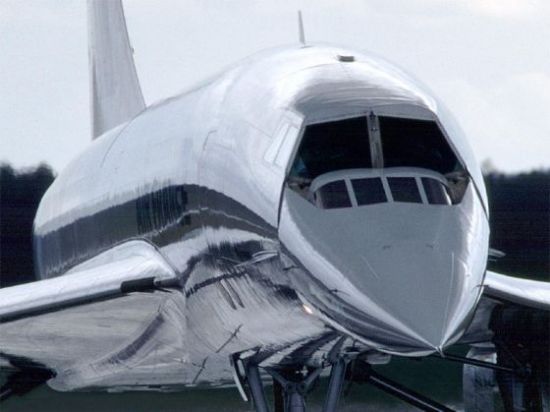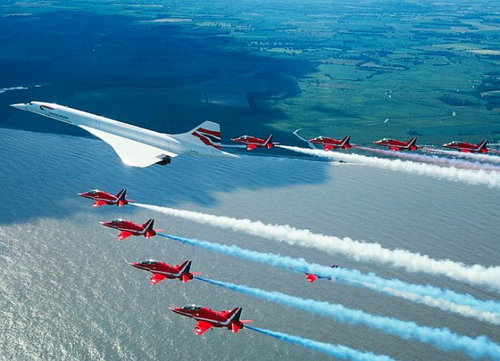
The Avro Canada CF-105 Arrow is a delta winged interceptor aircraft that was shot down at it development stages. The Arrow held high promises as it was expected to reach Mach 2 at 50 000 ft., an advanced technical and aeronautical achievement for the Canadian aviation industry at the time.
The cancellation and subsequent destruction of the Arrow program was a huge blow to the industry and brought Avro Canada out of business. Consequently, 14 528 Avro employees were out of work (Stewart 1998).
Today, Canadians still mourn the loss of the Arrow.
Cancellation and Destruction...
The Avro Arrow's cancellation was announced on February 20, 1959. This decision to cancel was the result of the Liberals losing the election to the Progressive Conservative government of John Diefenbaker.
Diefenbaker had attacked the Liberals on what he claimed was outrageous spending and upon becoming Prime Minister, was ready to cancel the Arrow program.
Not only was cost a factor of the decision, but new found threats. With new ICBMs being developed and the successful launch of the Sputnik, which opened the possibility of attack from space, the threat of a bomber attack was minimal. The Arrow, being an interceptor, was developed to face the bomber threat.
However, cancelling the program was not enough. The government then ordered the destruction of the 6 prototypes built, the Orenda Iroquois engines, the production tooling, and the blue prints for fear of a Soviet "
mole" infiltration of Avro.
Design...
The Arrow utilized the delta wing which is optimum for supersonic aircraft because the leading edge of the wing is behind the shockwave generated by the nose of the aircraft flying at supersonic speeds. This is also true for highly swept wings but the delta wing is a lot more stronger, simpler, and cheaper. The delta wing also provides increased lift at high altitudes where the air is thinner.
The delta wing, however, does have its disadvantages. At lower speeds and altitudes, drag is increased. Also, when maneuvering, there is a higher drag compared to conventional wings because of the high wing area.
Replicas...
A full-scale replica was built by Allan Jackson. It was used by the Canadian Broadcasting Corporation in 1996 to film The Arrow, a four-hour miniseries. The replica also had several public appearances at air shows and was eventually donated by Jackson to the Reynolds-Alberta Museum in his hometown of Wataskiwin, Alberta.
The Avro Museum of Canada built a 0.6 scale remoted-controlled replica of the Arrow. It was the result of eight years of research, five years of volunteer labour in contruction (which started in September 2000), and half-million dollars in materials and parts. The replica had flown successfully several times.
The Canadian Air and Space Museum also has a full-size replica of the Arrow, built by volunteers. It features many authentic-looking equipment and has made several public apperances.
Specifications...
General characteristics
- Crew: 2
- Length: 77 ft 9 in (23.71 m)
- Wingspan: 50 ft 0 in (15.24 m)
- Height: 20 ft 6 in (6.25 m)
- Wing area: 1,225 ft² (113.8 m²)
- Airfoil: NACA 0003.5 mod root, NACA 0003.8 tip
- Empty weight: 49,040 lb (22,245 kg)
- Loaded weight: 56,920 lb (25,820 kg)
- Max takeoff weight: 68,605 lb (31,120 kg)
- Powerplant: 2× Pratt & Whitney J75-P-3 turbojets
Dry thrust: 12,500 lbf (55.6 kN) each
Thrust with afterburner: 23,500 lbf (104.53 kN) each
Performance
- Maximum speed: Mach 1.98 max. recorded speed, Mach 2+ potential (1,307 mph, 2,104 km/h) at 50,000 ft (15,000 m)
- Cruise speed: Mach 0.91 (607 mph, 977 km/h) at 36,000 ft (11,000 m)
- Combat radius: 360 NM (410 mi, 660 km)
- Service ceiling: 53,000 ft (16,150 m)
- Wing loading: 46.5 lb/ft² (226.9 kg/m²)
- Thrust/weight: 0.825 at loaded weight
Armament
- Rockets: 1–4× AIR-2 Genie unguided nuclear rockets
- Missiles: 8× AIM-4 Falcon, Canadair Velvet Glove (cancelled 1956), 2 AIM-7 Sparrow II 2D active guidance missiles (cancelled)
Avionics
- Hughes MX-1179 fire control system

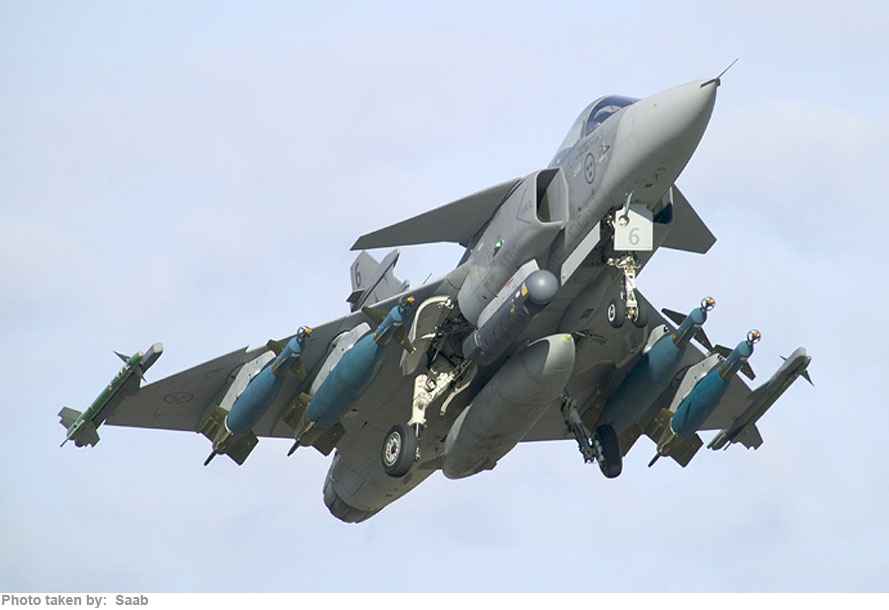

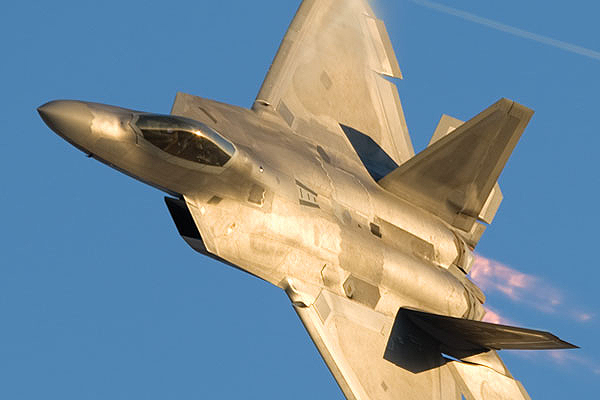

 The Avro Canada CF-105 Arrow is a delta winged interceptor aircraft that was shot down at it development stages. The Arrow held high promises as it was expected to reach Mach 2 at 50 000 ft., an advanced technical and aeronautical achievement for the Canadian aviation industry at the time.
The Avro Canada CF-105 Arrow is a delta winged interceptor aircraft that was shot down at it development stages. The Arrow held high promises as it was expected to reach Mach 2 at 50 000 ft., an advanced technical and aeronautical achievement for the Canadian aviation industry at the time. 





 An improvement on the MQ-1 Predator drone, the MQ-9 Reaper is a UAV that became operational in 2007. Used primarily by the USAF and the CIA, the Reaper has become a very useful and respected battlefield weapon.
An improvement on the MQ-1 Predator drone, the MQ-9 Reaper is a UAV that became operational in 2007. Used primarily by the USAF and the CIA, the Reaper has become a very useful and respected battlefield weapon. 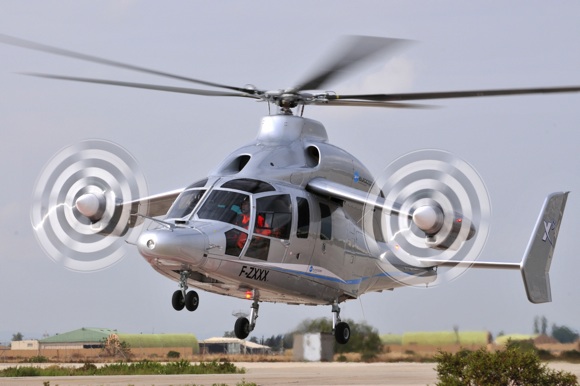

 Its been 7 years since the Concorde was retired. Now, the Aerion Supersonic Business Jet (SBJ) promises to bring supersonic air travel back into reality. Right now, it is undergoing proof-of-concept aerodynamic testing in NASA wind tunnels and under the belly of a NASA F-15 (TechNewsDaily).
Its been 7 years since the Concorde was retired. Now, the Aerion Supersonic Business Jet (SBJ) promises to bring supersonic air travel back into reality. Right now, it is undergoing proof-of-concept aerodynamic testing in NASA wind tunnels and under the belly of a NASA F-15 (TechNewsDaily).